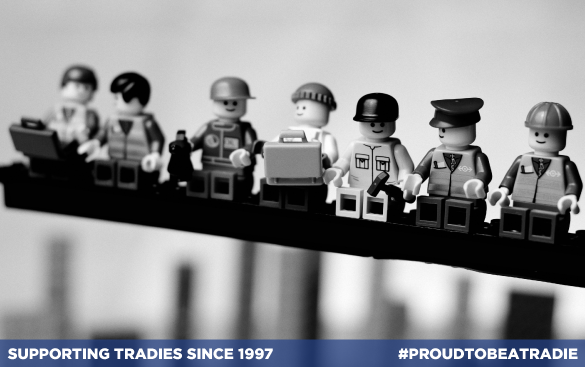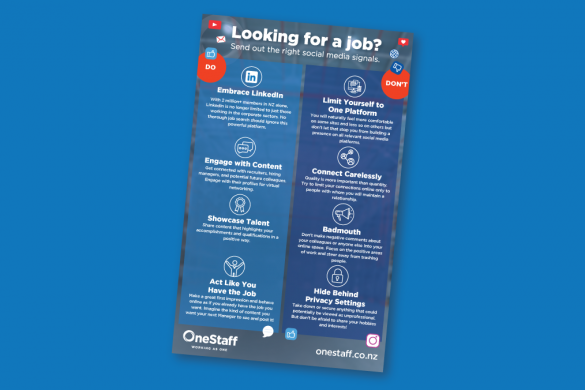Once you’ve posted the job ad for your vacancy, it can be satisfying to watch the applications come through. But often, receiving a large quantity of CVs can mean a long, time-consuming shortlisting process. Even if you’ve been hiring for years, you might find it challenging to pick the best from the bunch – particularly if you’re under time constraints or overseeing multiple vacancies. This is why the help of a specialist recruitment agency is so invaluable.
Here are our three easy steps for how to shortlist candidates, ensuring a speedy process that enables you to pinpoint the people that will be the right fit for the role.
Determine your Criteria
As part of the process to create the position description, you will have established the core skills and experience needed to fulfil the role requirements. These core competencies can be used to help shortlist, whether they be qualifications, licenses to operate certain machinery or vehicles, experience in a specific field or use of a specific type of technology or program.
One way to simplify the shortlisting process is to create two columns with the headings “essential” and “desirable”, then populate them with criteria for your ideal candidate. When you’re reviewing applications, be sure to refer back to your criteria and reject candidates who don’t meet the essential skills list. Depending on the number of applications you receive, you can put candidates in a “maybe” pile who meet most of the criteria but may be lacking in a few areas.
The benefit of this process is that you have measurable criteria from which your shortlisting is based, which will also help when providing feedback to unsuccessful candidates.
Focus on Potential
As we mentioned above, having clear criteria is helpful when shortlisting candidates, but keep in mind that it often isn’t possible to find a candidate that ticks every single box, especially in such a competitive market. Consequently, it’s important to prioritise which competencies are absolutely necessary for the job, and which ones you can be flexible on. Rather than looking for a ‘perfect fit’ amongst job applicants, look for people who have most of the necessary skills, with plenty of potentials to fill in the blanks. For example, you might choose to hire someone who lacks experience in the specific type of project you’re hiring for but does have a number of transferable skills and a track record of adapting quickly to new environments.
Often, candidates who exhibit motivation and a desire to learn are going to be more valuable to your team than those who merely look good on paper. Remember – you can always train and upskill employees when necessary, but there’s no substitute for a winning attitude!
Pre-Screen by Phone
You should ideally be looking to interview just a handful of candidates face-to-face during your hiring process. If there are more who meet the mandatory requirements for the role or you’re having trouble narrowing down the list, phone screening is an important stage of the process that will help you make the right decisions.
This is a quick and simple process where you can speak to candidates for a short amount of time but gather additional useful information and ask any questions you have about their application. The phone interview will also help you get a feel for the candidate, and whether they might be a good cultural fit. Be mindful that this is not meant to replace the face-to-face interview, but help clarify any points in their applications, or ask for further information about one or more of the key role criteria.
Summary
Having followed this three-step process for how to shortlist candidates for interviews, you should be left with your final few candidates to choose between. Remember, the criteria should help you determine who to bring through to interview but you also need to ensure the successful candidate is going to work well within your organisation. Sometimes, the best approach is to be open-minded and follow your instincts.
For more advice on building a candidate shortlist or if you would like to discuss your Industrial, Manufacturing and Construction recruitment needs, feel free to connect with our team.










